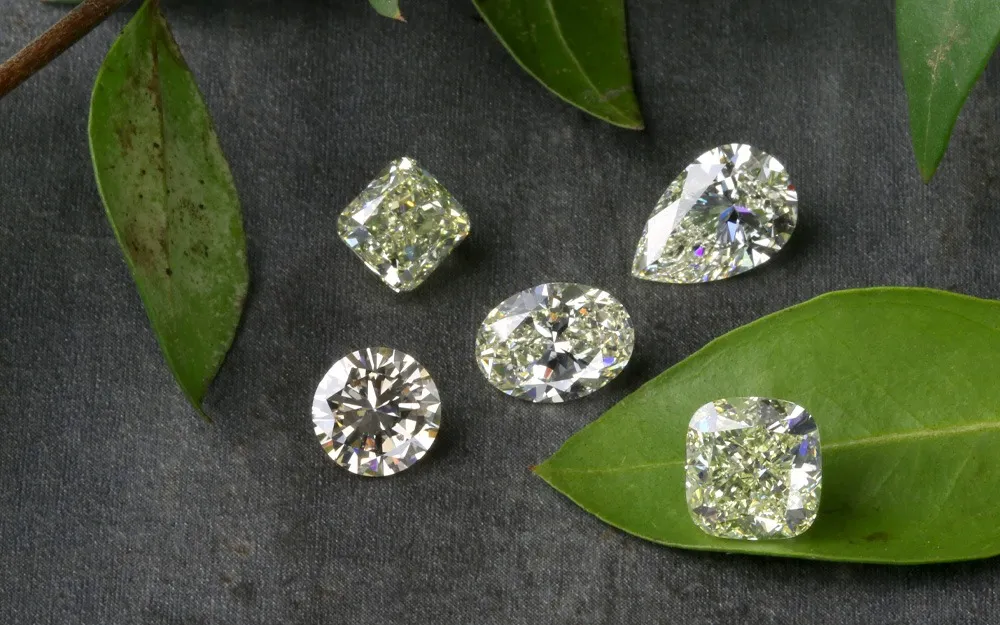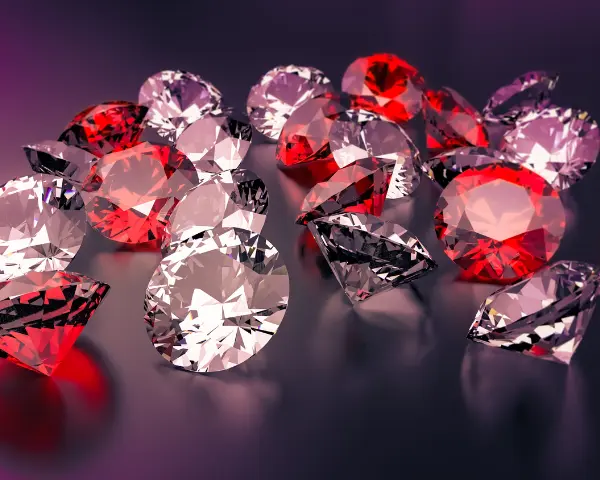
lab grown diamonds and cultures are not only reshaping the diamond industry but also influencing cultural practices and traditions around the world. As societies become more aware of the ethical and environmental implications of diamond mining, diamantes y cultivos cultivados en laboratorio offer a sustainable and socially responsible alternative that is increasingly embraced by various cultures.
Introduction to Lab Grown Diamonds
lab grown diamonds and cultures, also known as synthetic or cultured diamonds, are created in controlled laboratory environments using advanced technological processes that mimic the natural conditions for diamond formation. These diamonds possess the same chemical and physical properties as natural diamonds, making them indistinguishable to the naked eye.
Cultural Significance of Diamonds
Historical Context
Diamonds have held significant cultural value throughout history, symbolizing wealth, power, and prestige. From ancient civilizations to modern societies, diamonds have been revered as symbols of love, purity, and eternity, playing a central role in various cultural ceremonies and rituals.
Symbolism in Different Cultures
In many cultures, diamonds are associated with important life events such as engagements, weddings, and anniversaries. The exchange of diamond rings symbolizes commitment, unity, and everlasting love, transcending cultural boundaries and traditions.
Ethical Considerations in Cultural Practices
Impact of Diamond Mining
Traditional diamond mining has raised ethical concerns related to human rights violations, environmental degradation, and social conflicts in diamond-producing regions. The exploitation of labor and resources in these areas has prompted conscientious consumers and cultural communities to seek ethical alternatives to mined diamonds.
Shift Towards Ethical Sourcing
lab grown diamonds and cultures offer a sustainable solution to the ethical dilemmas associated with diamond mining. By eliminating the need for destructive mining practices, lab grown diamonds and cultures align with cultural values of compassion, fairness, and environmental stewardship, resonating with individuals and communities committed to ethical sourcing.
Integration of Lab Grown Diamonds into Cultural Traditions
Engagement and Marriage Customs
In many cultures, the exchange of engagement rings and wedding bands symbolizes the union of two individuals in marriage. As awareness of the ethical and environmental impact of mined diamonds grows, couples are increasingly choosing lab grown diamonds and cultures as a sustainable and socially conscious expression of their love and commitment.
Ceremonial Jewelry
Beyond weddings, lab grown diamonds and cultures are also gaining popularity in cultural ceremonies and celebrations. From religious rites to cultural festivals, diamonds have long been prized as adornments symbolizing beauty, purity, and spirituality. The availability of lab made diamonds expands options for cultural jewelry, allowing communities to uphold traditions while embracing ethical sourcing practices.
Challenges and Opportunities
Perception and Acceptance
Despite the growing acceptance of lab grown diamonds and cultures, there remains some resistance and skepticism, particularly among traditionalists and purists who value the rarity and authenticity of natural diamonds. Overcoming misconceptions and educating consumers about the quality and value of lab grown diamonds and cultures is essential to widespread acceptance and integration into cultural practices.
Economic Implications
The rise of lab grown diamonds and cultures presents both challenges and opportunities for diamond-producing countries and communities reliant on the diamond industry for economic livelihoods. While the shift towards ethical sourcing may disrupt traditional mining economies, there are opportunities for innovation, diversification, and sustainable development within the lab-grown diamond sector.
Future Outlook
As cultural attitudes evolve and consumer preferences shift towards ethical and sustainable products, the future looks promising for lab grown diamonds and cultures. With continued advancements in technology, increased accessibility, and growing awareness of the social and environmental impact of diamond mining, lab grown diamonds and cultures are poised to become an integral part of cultural traditions and practices worldwide.
Conclusion
lab grown diamonds and cultures are not only transforming the diamond industry but also reshaping cultural norms and practices associated with diamond symbolism and tradition. As societies embrace ethical sourcing and sustainability, lab grown diamonds and cultures offer a socially responsible alternative that aligns with cultural values of compassion, fairness, and environmental stewardship.
Unique FAQs
- Are lab grown diamonds and cultures considered real diamonds in cultural contexts?
- Yes, lab grown diamonds and cultures possess the same chemical and physical properties as natural diamonds, making them equally valuable and symbolic in cultural practices.
- How are lab grown diamonds and cultures incorporated into traditional cultural ceremonies?
- lab grown diamonds and cultures are used in engagement rings, wedding bands, ceremonial jewelry, and other cultural adornments, symbolizing love, commitment, and cultural heritage.
- Do lab grown diamonds and cultures hold the same cultural significance as natural diamonds?
- Yes, lab grown diamonds and cultures hold the same symbolic value as natural diamonds, representing eternal love, purity, and unity in cultural contexts.
- Are there any cultural taboos or superstitions associated with lab grown diamonds and cultures?
- Generally, lab grown diamonds and cultures do not carry the same taboos or superstitions as natural diamonds. However, cultural beliefs and customs may vary, so it’s essential to respect individual preferences and traditions.
- How do cultural communities view the use of lab grown diamonds and cultures in comparison to natural diamonds?
- Cultural communities may have diverse perspectives on lab grown diamonds and cultures, influenced by factors such as tradition, values, and environmental consciousness. Overall, the acceptance of lab grown diamonds and cultures is growing as awareness of ethical sourcing practices increases.





